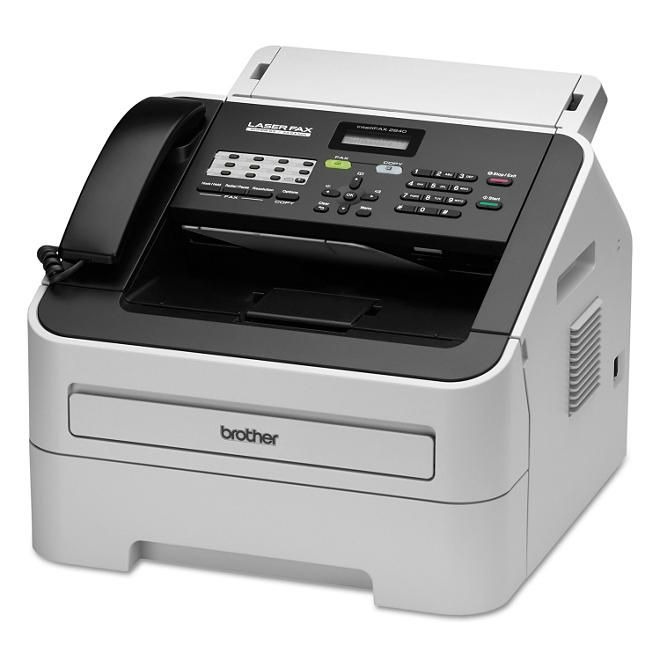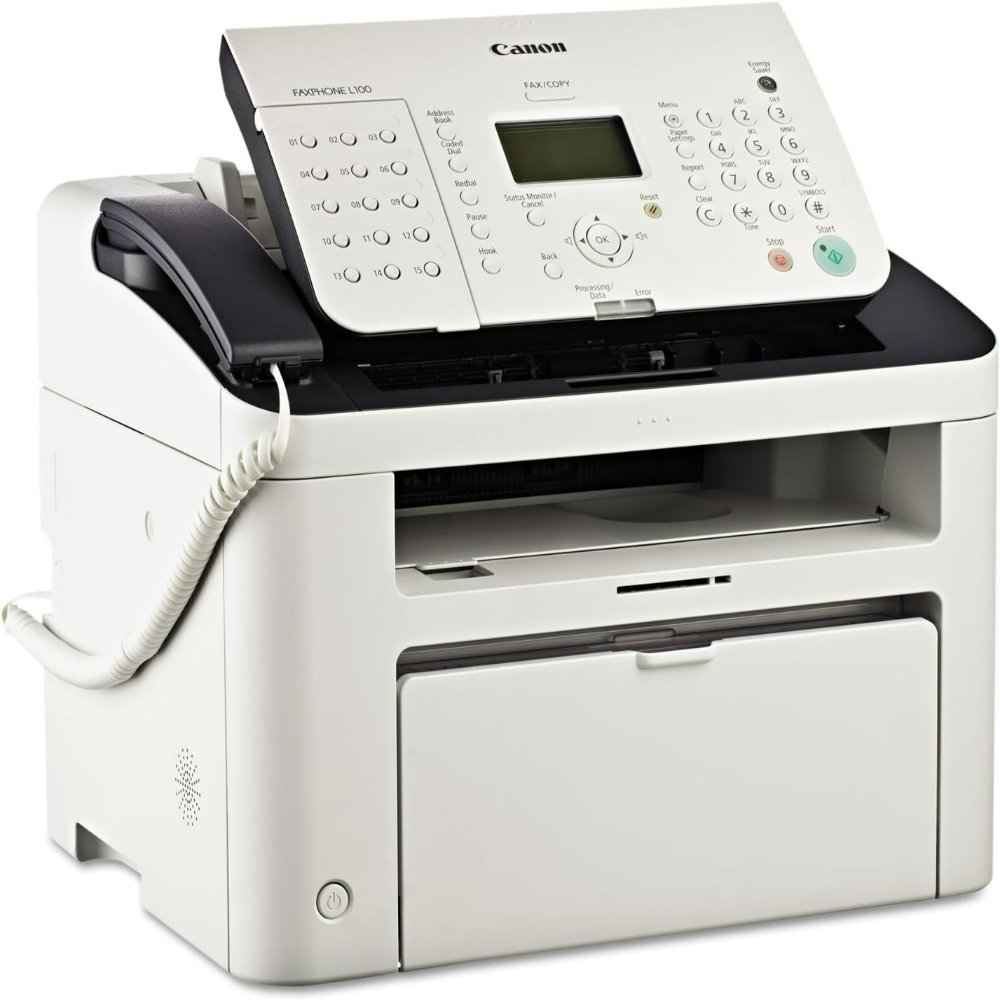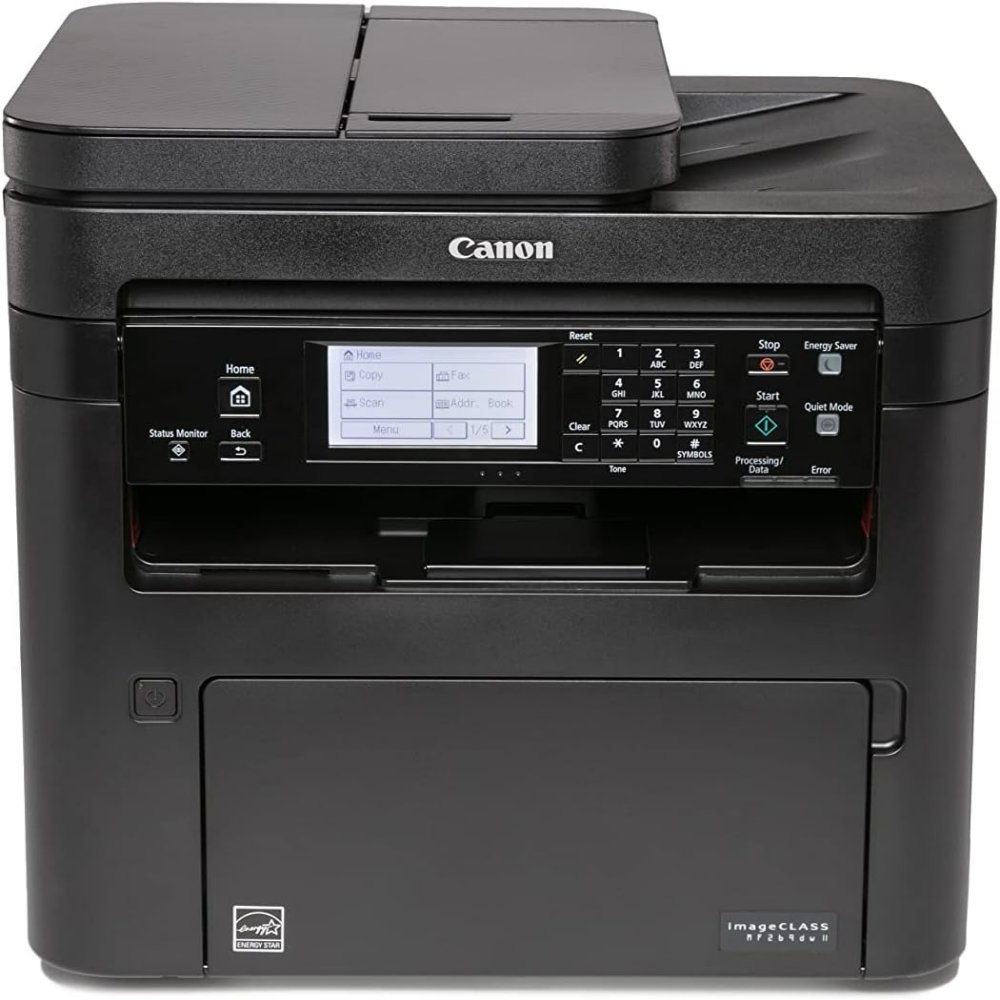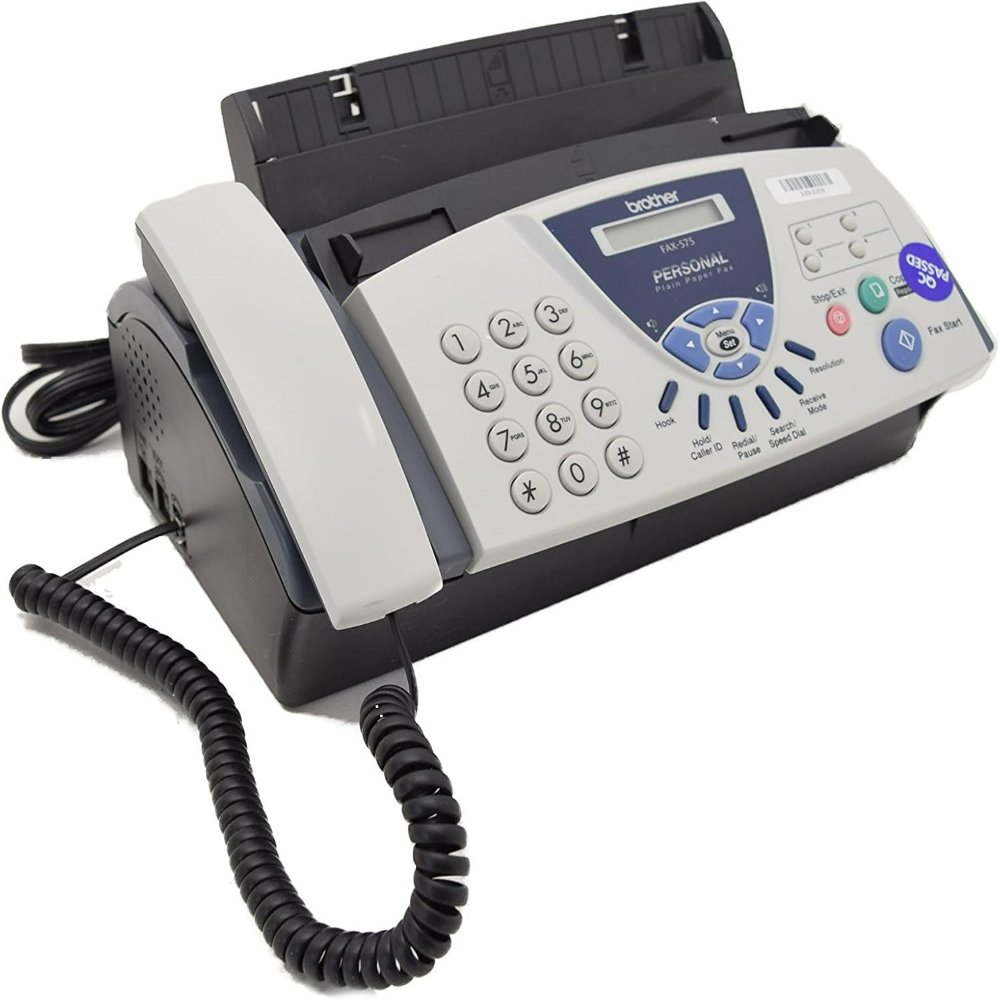The Invention of the Fax Machine
The journey to our modern fax technology began with innovative minds seeking methods to send images over distance. Many inventors contributed to what would eventually become known as fax technology.
Early Attempts at Transmitting Images
Long before emails or even telephones, people wished to transmit images swiftly across great distances. In the early 19th century, various inventors endeavored to develop a system to achieve this feat. The initial efforts involved mechanical and electrical experiments, aiming to replicate graphics via wire. While these attempts were primitive and the results far from perfect, they laid the groundwork for future technologies.
Alexander Bain and the First Fax Machine Patent
It was Alexander Bain, a Scottish inventor, who took a monumental step in 1843. Bain secured the earliest patent for a fax machine, marking what year was the fax machine invented as a historic moment. His invention used a stylus on a pendulum to scan a message on a metallic surface, thus encoding it into electrical impulses. These impulses were then transmitted over wires and decoded back into image form. It was rudimentary, but it demonstrated the key concept of image transmission that would evolve into today’s fax technology.

Technological Evolution of Faxing
Fax technology did not remain static after Alexander Bain’s initial invention. It underwent significant refinements and innovations that would transform it into the efficient communication tool we know today. Among these developments, two inventors particularly stand out with their contributions that furthered the technological evolution of faxing.
Refinements by Shelford Bidwell and Elisha Gray
Shelford Bidwell, an English physicist, made substantial advancements in the 1880s. He developed a ‘Telephotography’ device capable of transferring images without moving parts. This leap forward eliminated the need for manual scanning of images, thus enhancing the faxing process considerably.
Around the same time, an American inventor named Elisha Gray, who is also known for his battle with Alexander Graham Bell over the telephone patent, introduced significant improvements to the fax machine. Gray’s refinement included a method to convert images into shades of light and dark, which then could be transmitted over a telephone line. This innovation was a precursor to the grayscale transmission in modern fax machines.
Development of the Rotary Drum Design
The rotary drum design was a game-changing innovation in the history of faxing. This design included a rotating drum that wound the image or document being transmitted. When combined with synchronized transmission process, it allowed for faster and more reliable delivery of faxes. The rotary drum mechanism became a standard in many later fax models, securing the fax machine’s role in business and governmental communications.
As technology progressed, these enhancements laid the groundwork for the widespread adoption of fax technology. We can see how key innovators like Bidwell and Gray pushed the boundaries, leading to the evolution that turned fax machines from novelties into essential business tools.
The Golden Age of Fax Machines
After the crucial developments in fax technology, a new era dawned. This was the golden age when fax machines began to shine in commercial settings.
The Rise of Commercial Fax Technology
By the mid-20th century, the fax machine was ripe for business use. Companies saw the value in swift document transmission. The technology spread widely. Offices across the globe equipped themselves with these machines. Fax technology proved especially useful for urgent documents. It bridged long distances in minutes, not days. This drastically cut down on waiting times for important contracts and agreements.
The Impact of Fax Technology on Business Communication
Fax technology revolutionized how businesses communicated. No longer bound by the slow pace of mail, companies interacted more efficiently. The fax machine’s impact was clear: it quickened decision-making processes and accelerated trade. Sensitive information could now be transmitted securely and promptly. This direct communication method became a staple for international business practices, influencing how industries operated for decades.

The Fax Machine in the Digital Age
The Integration of Faxing with Modern Technology
As we navigate through the digital era, fax machines have adapted rather than faded. This classical form of communication has merged with modern tech trends. Here’s how:
- Email to Fax: Services now convert emails to fax transmissions, combining convenience with traditional security.
- Cloud-Based Platforms: Fax services have moved online, meaning no need for physical machines.
- Mobile Faxing Apps: Smartphones can now send and receive faxes, ensuring business can be done on-the-go.
These integrations have helped faxing stay relevant even when facing the digital revolution’s challenges.
The Current Role of Fax Machines in Business
Despite the rise of digital communication, fax machines hold a unique position in today’s business world:
- Security: They’re still seen as secure, making them preferred for sensitive documents.
- Legal Acceptance: Faxes often hold up in court in ways digital images might not.
- Infrastructure: Many industries, like healthcare and law, have faxing deeply embedded in their processes.
In sum, fax machines, while technologically transformed, remain a fixture in the modern business landscape. They have adapted to the year they were invented and beyond, evidencing their lasting utility.
Significant Milestones in Fax Machine History
Fax technology has come a long way since its inception. From Alexander Bain’s pioneering patent to the seamless digital integration of today’s world, each milestone contributes to its storied timeline. The key developments that stand out not only show a progressive improvement in the technology but also highlight how each innovation sparked change.
Timeline of Key Developments and Innovations
Starting in 1843, Bain’s fax machine invention kicked off an era of innovation. In the 1880s, Shelford Bidwell and Elisha Gray made improvements that removed manual scanning and introduced grayscale transmission. The 20th century gave birth to the rotary drum design, changing how fast faxes were sent. Through mid-century, commercial adoption of fax technology soared, cutting down document delivery times drastically. In the digital age, fax has embraced the internet, bringing about email-to-fax services, online platforms, and mobile apps.
Notable Fax Technology Patents
Beyond Bain’s original 1843 patent, countless others have shaped fax tech. Bidwell’s telephotography apparatus impacted how images were transferred. Gray held patents that led to modern fax transmission methods. Subsequent patents have often focused on enhancing speed, reliability, and integration with emerging technologies. Each patent reflects a step toward the fax machine’s continued relevance in modern times, securing its place within business and legal systems worldwide.
As we look back, it’s clear that what year the fax machine was invented was just a starting point. It’s the countless innovations and refinements since that have made fax technology an enduring communication tool.

Beyond the Fax: The Future of Document Transmission
As we continue to advance in a digital-centric world, the way we transmit documents keeps evolving. Fax machines, once at the forefront of communication, are now sharing the stage with emerging technologies paving the way for faster, more secure, and more efficient ways to send and receive information.
Emerging Technologies Replacing Fax Machines
New technological players are stepping in, challenging the traditional fax machine’s role. Email was the first major disruptor, providing almost instantaneous transmission of documents. More recently, cloud services have emerged, offering real-time sharing and collaboration without the need for physical hardware. Even blockchain technology is starting to make an impact, with its promise of secure and verifiable document transactions.
These advancements reflect a natural progression from what year was the fax machine invented to where we stand now. Each innovation brings us closer to a streamlined and digital-first approach in document handling. Companies are looking for more than speed; they’re also concerned with accessibility and security as key drivers of the document transmission evolution.
The Role of Fax in Today’s Digital Economy
Despite the rise of new technologies, fax machines still play a niche role in the digital economy. Sectors entrenched in tradition and regulation, such as legal and healthcare, continue to rely on faxing due to its perceived security and legal recognition. In these industries, fax technology has become deeply ingrained in processes and infrastructure.
The current role of fax machines shines in its hybrid forms. Fax-to-email services and mobile fax applications blend the old with the new, ensuring that this enduring technology remains relevant. As we consider what year was the fax machine invented, it becomes clear that its adaptability has offered a staying power few could have anticipated. However, as the digital landscape progresses, the fax machine’s role may become increasingly specialized or even phased out in favor of emerging technologies that offer improved functionality and integration in our ever-evolving digital world.
